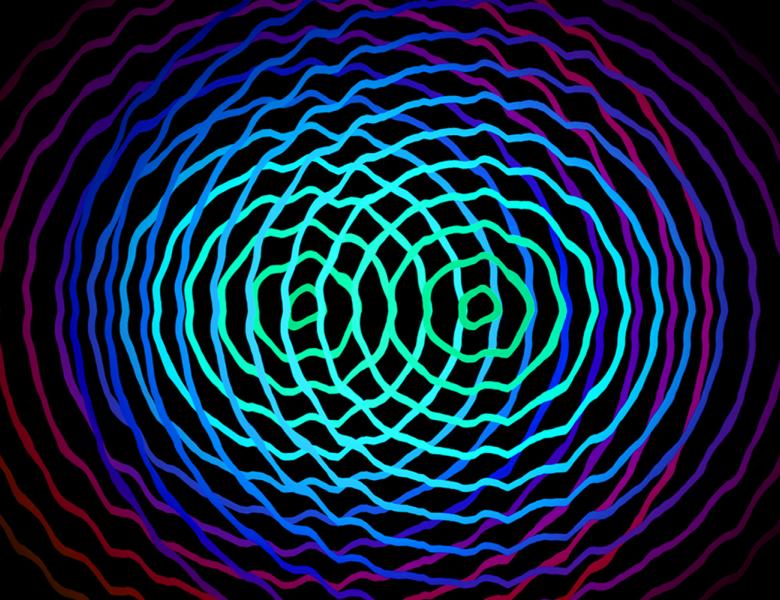
Abstract
Trapped atomic ions crystals are among the most promising platforms for fully universal quantum computer systems as well as simulators of Hamiltonian spin models. Trapped ion spins/qubits have no practical limits to their idle coherence times, and because they are perfectly replicable atomic clocks, have the ability to be scaled. Small quantum algorithms with up to about 20 qubits and a universal fully-connected and reconfigurable gate set have been demonstrated, mainly for the benchmarking of the systems. On the other hand, quantum simulations of hard quantum problems with more than 50 quantum bits have been implemented, studying magnetic quench dynamics, oundational aspects of quantum nonequlibrium statistical mechanics, molecular structure eigensolvers, and quantum approximate optimization routines. I will speculate on how things might proceed in the next few years in this system. While it remains a great challenge to build a quantum computer big enough to be useful for society, the good news with a system of trapped atomic ions, there do not appear to be any fundamental limits ahead.


